Blog
Billy Harper (born January 17, 1943) is an American jazz saxophonist, “one of a generation of Coltrane-influenced tenor saxophonists” with a distinctively stern, hard-as-nails sound on his instrument. He was born in Houston, Texas, United States. In 1965, Harper earned a Bachelor of Music degree from the University of North Texas.
Harper has played with some of jazz’s greatest drummers; he served with Art Blakey‘s Messengers for two years (1968–1970); he played very briefly with Elvin Jones (1970), he played with the Thad Jones/ Mel Lewis Orchestra in the 1970s, and was a member of Max Roach‘s quartet from 1971–1978. In 1979, Harper formed his own group, touring with it and documenting its music on the recording Billy Harper Quintet in Europe, and he was featured as a soloist on a 1983 recording, Such Great Friends, with virtuoso, visionary pianist and record producer Stanley Cowell. After a period of relative inactivity in the 1980s, Harper came back strong with another international tour, which ended with perhaps his most ambitious recording: the three-volume Live on Tour in the Far East (1991). In the new millennium, Harper’s recording activity has been subdued and sporadic, though more recently he appeared as a regular member of pianist-jazz historian Randy Weston‘s ensembles. In 2013, they recorded their first album as a duo, entitled The Roots of the Blues.
https://www.youtube.com/watch?v=_2rkN-MS7fA
more...Cedar Anthony Walton, Jr. (January 17, 1934 – August 19, 2013) was an American hard bop jazz pianist. He came to prominence as a member of drummer Art Blakey‘s band, The Jazz Messengers, before establishing a long career as a bandleader and composer. Several of his compositions have become jazz standards, including “Mosaic”, “Bolivia”, “Holy Land”, “Mode for Joe” and “Ugetsu/Fantasy in D”.
Walton was born and grew up in Dallas, Texas. His mother Ruth, an aspiring concert pianist, was his first teacher, and took him to jazz performances around Dallas. Walton cited Nat King Cole, Bud Powell, Thelonious Monk and Art Tatum as his major influences on piano. He began emulating these artists’ recordings from an early age.
After briefly attending Dillard University in New Orleans, he entered the University of Denver as a composition major, but was encouraged to switch to a music-education program with the goal of a career in the local public school system. This later proved extremely useful, as he learned to play and arrange for various instruments, a talent he honed with Art Blakey’s Jazz Messengers.
more...Sidney “Big Sid” Catlett (January 17, 1910 – March 25, 1951) was an American jazz drummer. Catlett was one of the most versatile drummers of his era, adapting with the changing music scene as bebop emerged.
Catlett was born in Evansville, Indiana, United States, and at an early age he was instructed in the rudiments of piano and drums, under the tutelage of a music teacher hired by his mother. When he and his family relocated to Chicago, Catlett received his first drum kit, and immersed himself in the diverse styles and techniques of Zutty Singleton, Warren “Baby” Dodds, and Jimmy Bertrand, among others.
In 1928, Catlett began playing with violinist and clarinet player Darnell Howard, before joining pianist Sammy Stewart’s Orchestra in New York City, and making appearances at the Savoy Ballroom.
more...IC 1623 is an interacting galaxy system that is very bright when observed in the infrared. One of the two galaxies, the infrared-bright, but optically obscured galaxy VV 114E, has a substantial amount of warm and dense gas. Warm and dense gas is also found in the overlap region connecting the two nuclei. Observations further support the notion that IC 1623 is approaching the final stage of its merger, when a violent central inflow of gas will trigger intense starburst activity that could boost the infrared luminosity above the ultraluminous threshold. The system will likely evolve into a compact starburst system similar to Arp 220. IC 1623 is located about 300 million light-years away from Earth. This image is part of a large collection of 59 images of merging galaxies taken by the Hubble Space Telescope and released on the occasion of its 18th anniversary on 24th April 2008.
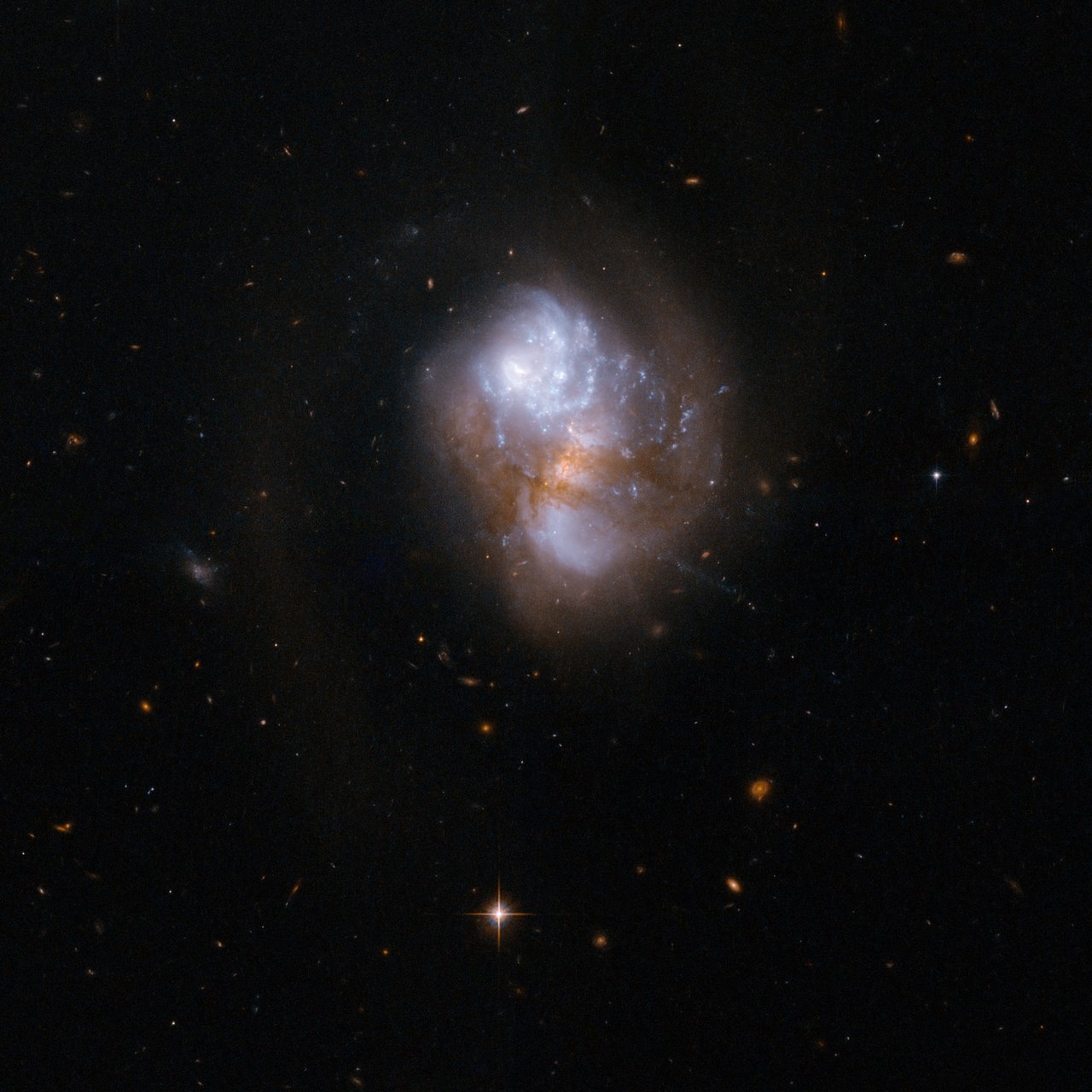
Helen Folasade Adu CBE (Yoruba: Fọláṣadé Adú [fɔ̄láʃādé ādú]; born 16 January 1959), known professionally as Sade Adu or simply Sade (/ʃɑːˈdeɪ/shah-DAY), is a Nigerian-born British singer, songwriter, and actress, known as the lead singer of her eponymous band. One of the most successful British female artists in history, she is often recognised as an influence on contemporary music. Her influence on music was recognised in the UK with an award of the Officer of the Order of the British Empire in 2002, and was made Commander in the 2017 Birthday Honours.
Sade was born in Ibadan, Nigeria, and brought up partly in Essex, England, from the age of four. She studied at Saint Martin’s School of Art in London and gained modest recognition as a fashion designer and part-time model, prior to joining the band Pride in the early 1980s. After gaining attention as a performer, she formed the band Sade, and secured a recording contract with Epic Records in 1983. A year later the band released the album Diamond Life, which became one of the best-selling albums of the era, and the best-selling debut by a British female vocalist. In July 1985, Sade was among the performers at the Live Aid charity concert at Wembley Stadium, and the following year she appeared in the film Absolute Beginners. Following the band’s third and fourth albums, Stronger Than Pride (1988) and Love Deluxe (1992), they went on hiatus after the birth of Sade’s child, while the singer experienced widespread media coverage for unsubstantiated claims of mental health and addiction problems.
After a spell of eight years without an album, the band reunited in 1999, and released Lovers Rock in 2000. The album departed from the jazz-inspired inflections of their previous work, featuring mellower sounds and pop compositions. The band then underwent another hiatus, not producing music for another ten years until the release of Soldier of Love. Following that album’s release, the band entered a third period of extended hiatus, and have only released two songs (“Flower of the Universe” for the soundtrack of Disney‘s A Wrinkle in Time, and “The Big Unknown” as part of the soundtrack for Steve McQueen‘s film Widows) since.
more...
Aldo Romano (born 16 January 1941) is an Italian jazz drummer. He also founded a rock group in 1971.
He was born in Belluno, Italy. Romano moved to France as a child and by the 1950s he was playing guitar and drums professionally in Paris, but he first gained attention when he started working with Don Cherry in 1963. He recorded with Steve Lacy, and would go on to tour with Dexter Gordonamong others. In the 1970s, he moved into rock-influenced forms of jazz fusion and, in 1978, made his first album as a leader. In the 1980s, he returned to his earlier style for several albums. Although he has lived most of his life in France, he has retained an affection for Italy and has set up a quartet of Italian jazz musicians. Romano also played a role in starting the career of French-born Italian-French pianist, Michel Petrucciani. In 2004 he won the Jazzpar Prize.
more...Barbara Lynn (born Barbara Lynn Ozen, later Barbara Lynn Cumby, January 16, 1942) is an American rhythm and blues and electric blues guitarist, singer and songwriter. She is best known for her R&B chart-topping hit, “You’ll Lose a Good Thing” (1962). In 2018, Lynn received a National Heritage Fellowship.
She was born in Beaumont, Texas, and attended Hebert High School. She played piano as a child, but switched to guitar, which she plays left-handed. Inspired by blues artists Guitar Slim and Jimmy Reed, and pop acts Elvis Presley and Brenda Lee, and winning several local talent shows, she created an all-female band, Bobbie Lynn and Her Idols.
She began performing in local clubs in Texas. Singer Joe Barry saw her and introduced Lynn to producer Huey P. Meaux, who ran SugarHill Recording Studios and several record labels in New Orleans. Her first single, “You’ll Lose A Good Thing”, written by her, was recorded at Cosimo Matassa‘s J&M studio with session musicians including Mac Rebennack (Dr. John). Released by Jamie Records, it was a number 1 US BillboardR&B chart hit and Top 10 Billboard Hot 100 hit in 1962. The song was later recorded by Aretha Franklin and became a country hit record for Freddy Fender. Reggae artist Mikey Dread also based the melody of his 1989 single “Choose Me” on this song. Lynn also released an album, also titled You’ll Lose A Good Thing, which featured ten of her compositions.
more...Henry Bertholf “Spike” Robinson (January 16, 1930 – October 29, 2001) was a jazz tenor saxophonist. He began playing at age twelve, recording on several labels, including Discovery, Hep and Concord. However, he sought an engineering degree and followed that profession for nearly 30 years. In 1981 he returned to recording music.
Robinson was born in Kenosha, Wisconsin on January 16, 1930. Beginning on alto saxophone in his early years, Robinson soon discovered that it was hard to make a living playing the kind of music he wanted to play.
more...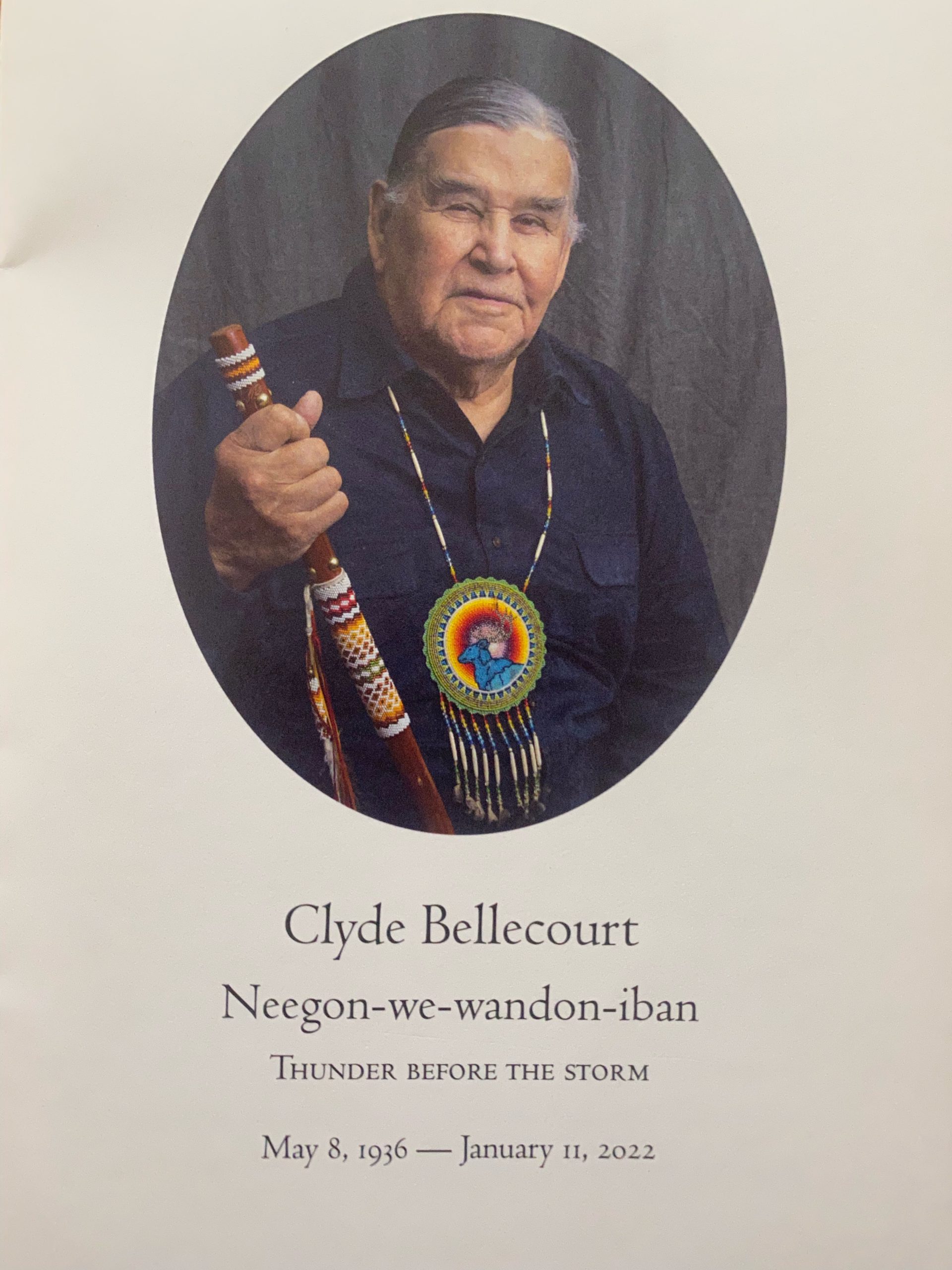
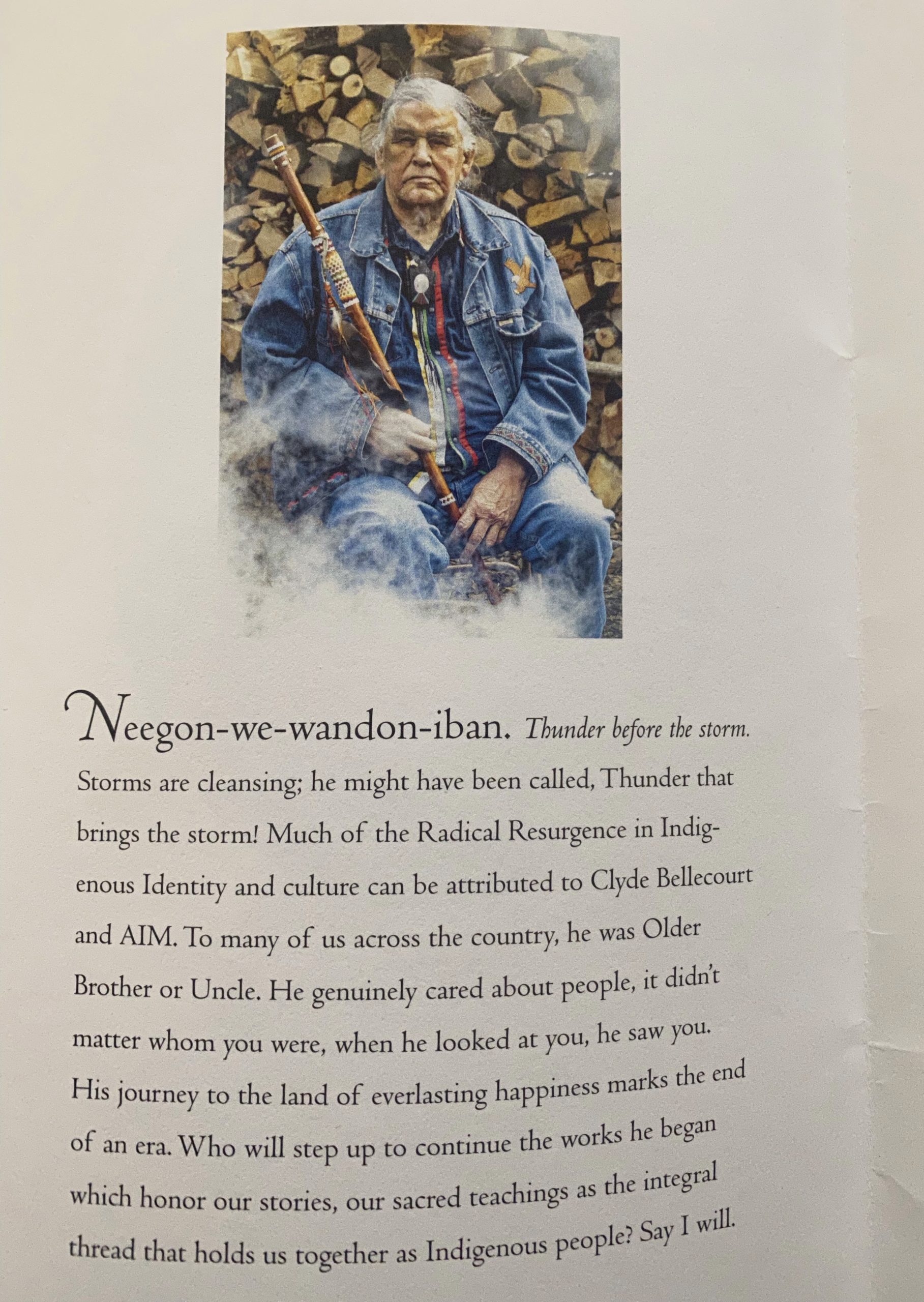
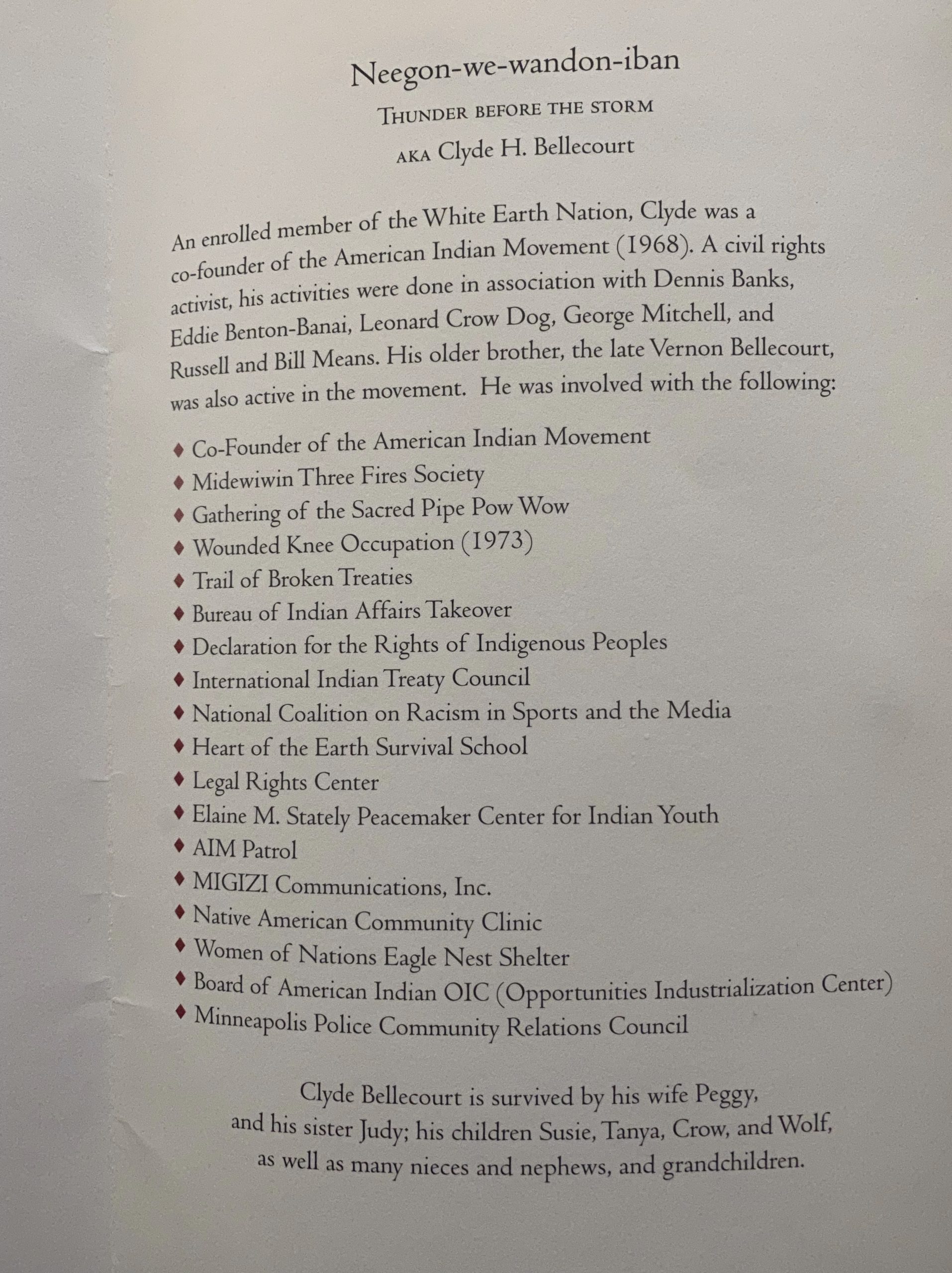
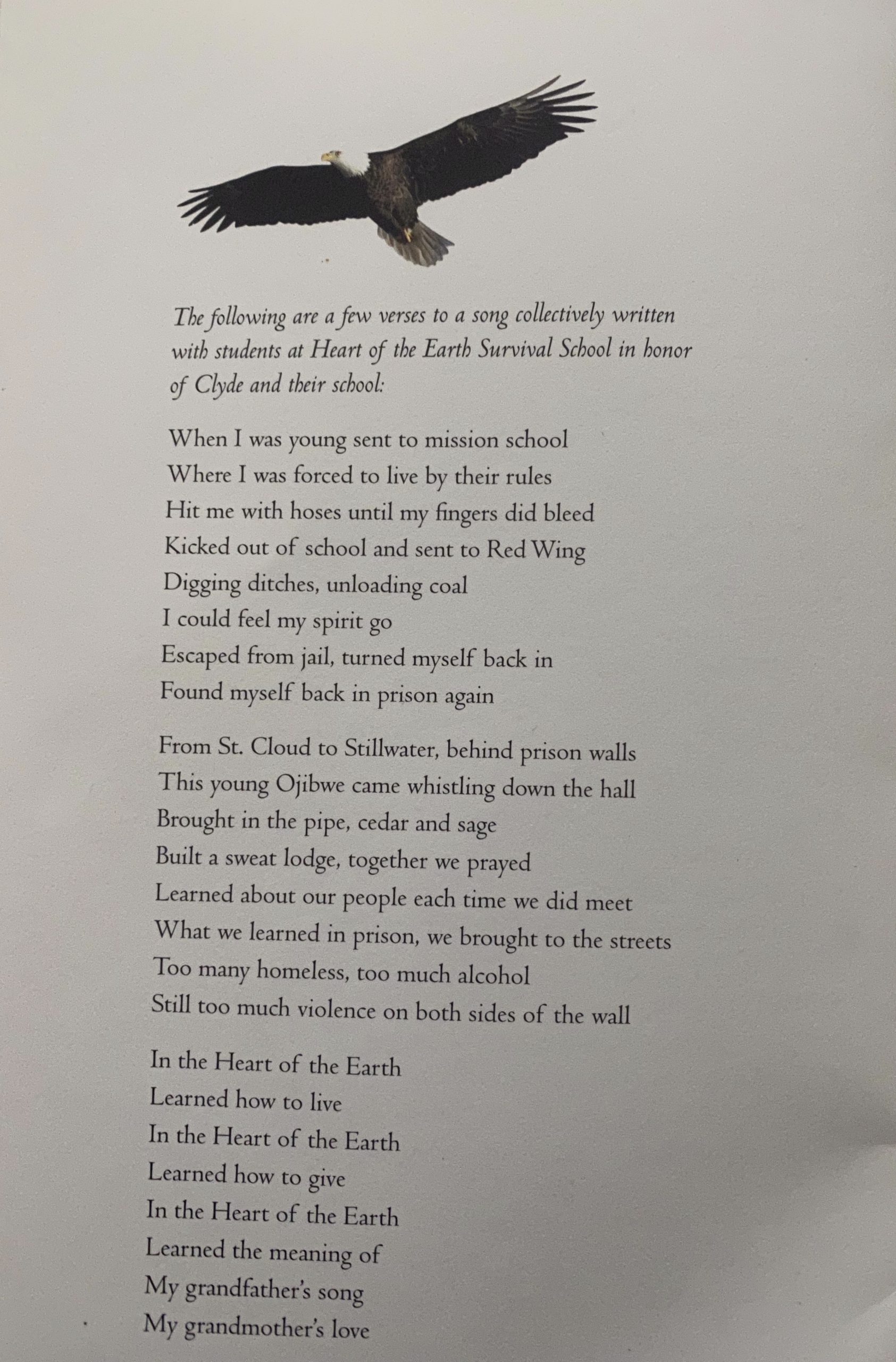
NGC4826, also known as the Evil Eye or Black Eye galaxy, is a spiral galaxy about 17 million light years away from Earth. The gas in the inner part of the galaxy rotates in one direction, while the gas further away from the center rotates in the opposite direction, an odd trait for a galaxy. One theory suggests this is because Evil Eye is the result of two galaxies colliding. The dark, almost fluffy-looking gas that wraps its way throughout gives it an almost ominous appearance; hence, the name.
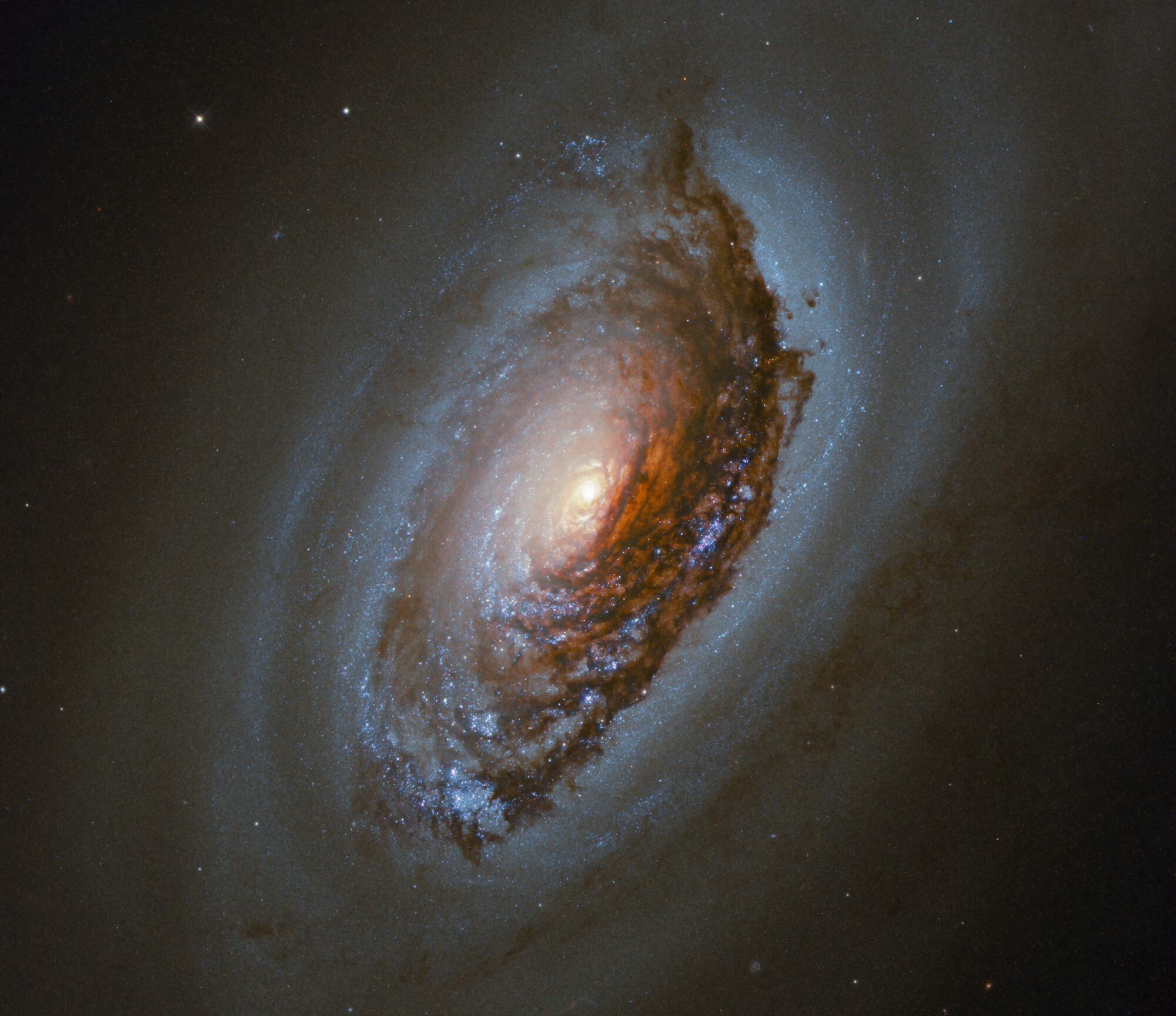
Thelma Carpenter (January 15, 1922 – May 14, 1997) was an American jazz singer and actress, best known as “Miss One”, the Good Witch of the North in the movie The Wiz. She was born in Brooklyn, New York, the only child of Fred and Mary Carpenter, and attended Girls’ Commercial High School, where Susan Hayward was a few years ahead.
As a child performer, Carpenter had her own radio show on WNYC in New York and won an amateur night at the Apollo Theatre in 1938, where she would be honored and perform nearly 60 years later on the 1993 all-star NBC-TV special Apollo Theater Hall of Fame, hosted by Bill Cosby. She played such clubs as Kelly’s Stables and the Famous Door on legendary 52nd Street, where she was discovered by John Hammond.
https://www.youtube.com/watch?v=9AVCZHZw8e8
more...Earl Zebedee Hooker (January 15, 1930 – April 21, 1970) was a Chicago blues guitarist known for his slide guitar playing. Considered a “musician’s musician”, he performed with blues artists such as Sonny Boy Williamson II, Junior Wells, and John Lee Hooker and fronted his own bands. An early player of the electric guitar, Hooker was influenced by the modern urban styles of T-Bone Walker and Robert Nighthawk. He recorded several singles and albums as a bandleader and with other well-known artists. His “Blue Guitar”, a slide guitar instrumental single, was popular in the Chicago area and was later overdubbed with vocals by Muddy Waters as “You Shook Me“.
In the late 1960s, Hooker began performing on the college and concert circuit and had several recording contracts. Just as his career was on an upswing, he died in 1970, at age 40, after a lifelong struggle with tuberculosis. His guitar playing has been acknowledged by many of his peers, including B.B. King, who commented, “to me he is the best of modern guitarists. Period. With the slide he was the best. It was nobody else like him, he was just one of a kind”.
Hooker was born in rural Quitman County, Mississippi, outside of Clarksdale. In 1930, his parents moved the family to Chicago, during the Great Migration of blacks out of the rural South in the early 20th century.
https://www.youtube.com/watch?v=AwJspTv1oNs
more...Eugene Bertram Krupa (January 15, 1909 – October 16, 1973) was an American jazz drummer, bandleader and composer known for his energetic style and showmanship. His drum solo on Benny Goodman‘s 1937 recording of “Sing, Sing, Sing” elevated the role of the drummer from an accompanying line to an important solo voice in the band.
In collaboration with the Slingerland drum and Zildjian cymbal manufacturers, he was a major force in defining the standard band drummer’s kit. Krupa is considered “the founding father of the modern drumset” by Modern Drummer magazine.
The youngest of Anna (née Oslowski) and Bartłomiej Krupa’s nine children, Gene Krupa was born in Chicago, Illinois, United States. Bartłomiej was an immigrant from Poland born in the village of Łęki Górne, Podkarpackie in Southeastern Poland. Anna was born in Shamokin, Pennsylvania, and was also of Polish descent. His parents were Roman Catholics who groomed him for the priesthood. He spent his grammar school days at parochial schools. He attended the James H. Bowen High School on Chicago’s southeast side. After graduation he attended Saint Joseph’s College for a year but decided the priesthood was not his vocation.
https://www.youtube.com/watch?v=lapj4VEPGo0
more...Roosevelt Holts was born in 1905 near the town of Tylertown in the state of Mississippi . In the 1930s, Roosevelt Holts played a little amateur guitar; his meeting with Tommy Johnsonwill change his life. Tommy Johnson is then married to Rosa Yongblood, cousin of Holts. Johnson and Holts get to know each other and Johnson teaches Holts the blues. When Johnson and his wife left Tylertown around 1937 to live in Jackson , the state capital, Roosevelt Holts followed them. He and Tommy are going to perform together in the city and those around it. After a year, Roosevelt returns to his hometown where he regularly performs. He learned the bottleneck technique from CP Martinand plays in the cities of the Delta ; at that time, he was sentenced to four years’ imprisonment. Released, he moved to Bogalusa , Louisiana , where he found employment at a paper mill. A work accident made him handicapped and prevented him from carrying any heavy load . He then worked as a farmer and hardly played until he was discovered by researcher David Evans who recorded him for the first time in 1968. A few records and a few tours in the United States followed in the 1970s. Age makes him leave the studios and he dies onin the city of Franklinton .
more...More Posts
- The Cosmos with NGC 6914
- John Surman Day
- Kenny Dorham Day
- World Music with Emmanuel Jal
- Daily Roots with Bob Marley
- The Cosmos with NGC 4710
- Michael Jackson Day
- Dinah Washington Day
- Charlie Parker Day
- World Fusion with Bokanté
- Daily Roots with Channel One Sound System
- The Cosmos with the Karman Line
- Phil Seamen Day
- Kenny Drew Day
- World Music with the Gypsy Kings
- Daily Roots with Terry Linen
- The Cosmos with NGC 4622
- Alice Coltrane Day
- Lester Young Day
- World Music with Beginish